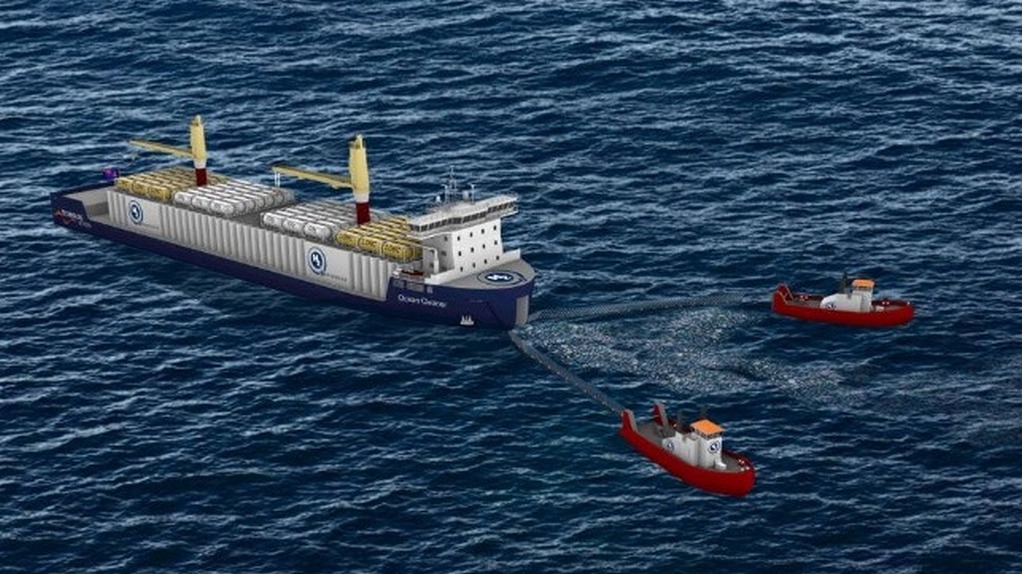Scientists are zeroing in on the virus species in the world’s oceans that are most likely to combat climate change by helping trap carbon dioxide in seawater.
Armed with a catalog of hundreds of thousands of DNA and RNA virus species in the world’s oceans, scientists are now zeroing in on the viruses most likely to combat climate change by helping trap carbon dioxide in seawater or, using similar techniques, different viruses that may prevent methane’s escape from thawing Arctic soil.
By combining genomic sequencing data with artificial intelligence analysis, researchers have identified ocean-based viruses and assessed their genomes to find that they “steal” genes from other microbes or cells that process carbon in the sea. Mapping microbial metabolism genes, including those for underwater carbon metabolism, revealed 340 known metabolic pathways throughout the global oceans. Of these, 128 were also found in the genomes of ocean viruses.
Having mined this massive trove of data via advances in computation, the team has now revealed which viruses have a role in carbon metabolism and are using this information in newly developed community metabolic models to help predict how using viruses to engineer the ocean microbiome toward better carbon capture would look.
Sullivan was the virus coordinator for the Tara Oceans Consortium, a three-year global study of the impact of climate change on the world’s oceans and the source of 35,000 water samples containing the microbial bounty. His lab focuses on phages, viruses that infect bacteria, and their potential to be scaled up in an engineering framework to manipulate marine microbes into converting carbon into the heaviest organic form that will sink to the ocean floor.
In 2016, the Tara team determined that carbon sinking in the ocean was related to the presence of viruses. It is thought that viruses help sink carbon when virus-infected carbon-processing cells cluster into larger, sticky aggregates that drop to the ocean floor. The researchers developed AI-based analytics to identify from thousands of viruses which few are “VIP” viruses to culture in the lab and work with as model systems for ocean geoengineering.
This new community metabolic modeling, developed by collaborator Professor Damien Eveillard of the Tara Oceans Consortium, helps them understand what unintended consequences might be of such an approach. Sullivan’s lab is taking these oceanic lessons learned and applying them to using viruses to engineer microbiomes in human settings to aid recovery from spinal cord injury, improve outcomes for infants born to mothers with HIV, combat infection in burn wounds, and more.
Rich co-organized the AAAS session with Ruth Varner of the University of New Hampshire, who co-directs the EMERGE Institute, which is focusing on better understanding how microbiomes respond to permafrost thaw and the resulting climate interactions.
The oceans work is supported by the National Science Foundation, the Gordon and Betty Moore Foundation and Tara Oceans, and, in addition to the NSF, the soils work has been funded by the Department of Energy and the Grantham Foundation.
Tags: Arctic Soil, Carbon Capture, Viruses



Recent Posts
Hyundai Glovis to Retrofit Seven PCTCs with Avikus AI Navigation System
Super Terminais orders three more Konecranes Gottwald ESP.10 Mobile Harbor cranes
Covestro and HGK Shipping Extend Partnership to 2040 with Focus on Wind-Assisted Vessel Retrofit
Artemis Technologies Successfully Demonstrates 100 Percent Electric Crew Transfer Vessel at Aberdeen Offshore Wind Farm
IACS Council Advances Decarbonisation, Digitalisation and Governance Priorities at C91 Meeting in Beijing
Japan Launches Major R&D Project to Advance Shipbuilding with Alternative Fuels
EU Adopts Emissions Standards for Low Carbon Hydrogen to Bolster Clean Energy Market
Trafigura to Implement ZeroNorth’s AI Platform Across Global Fleet